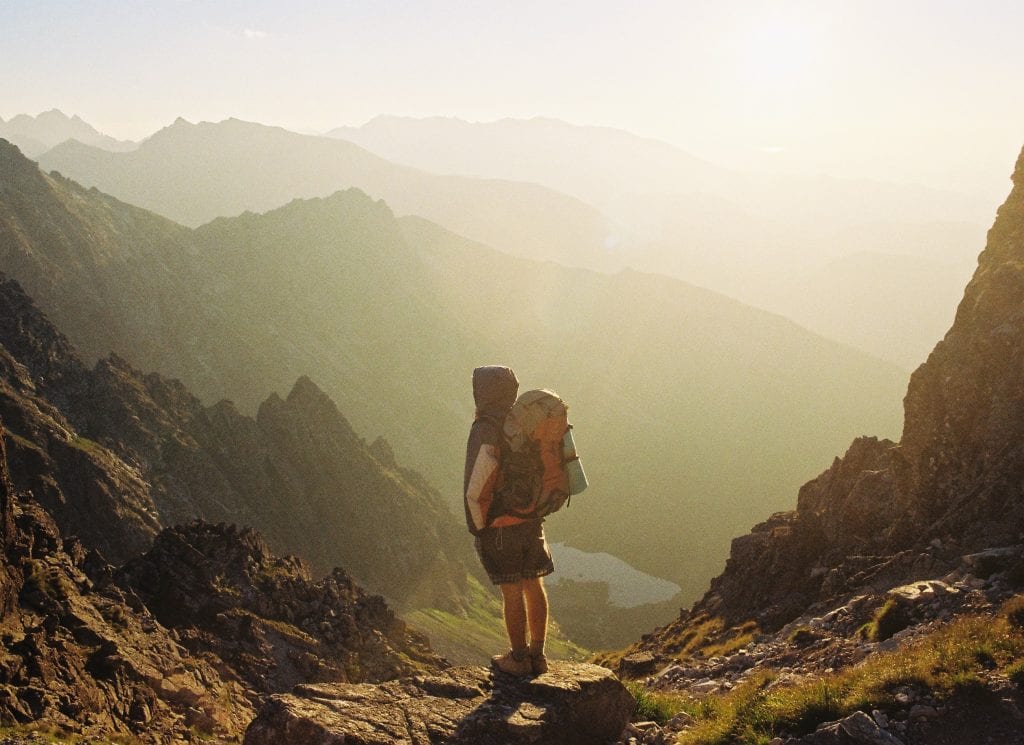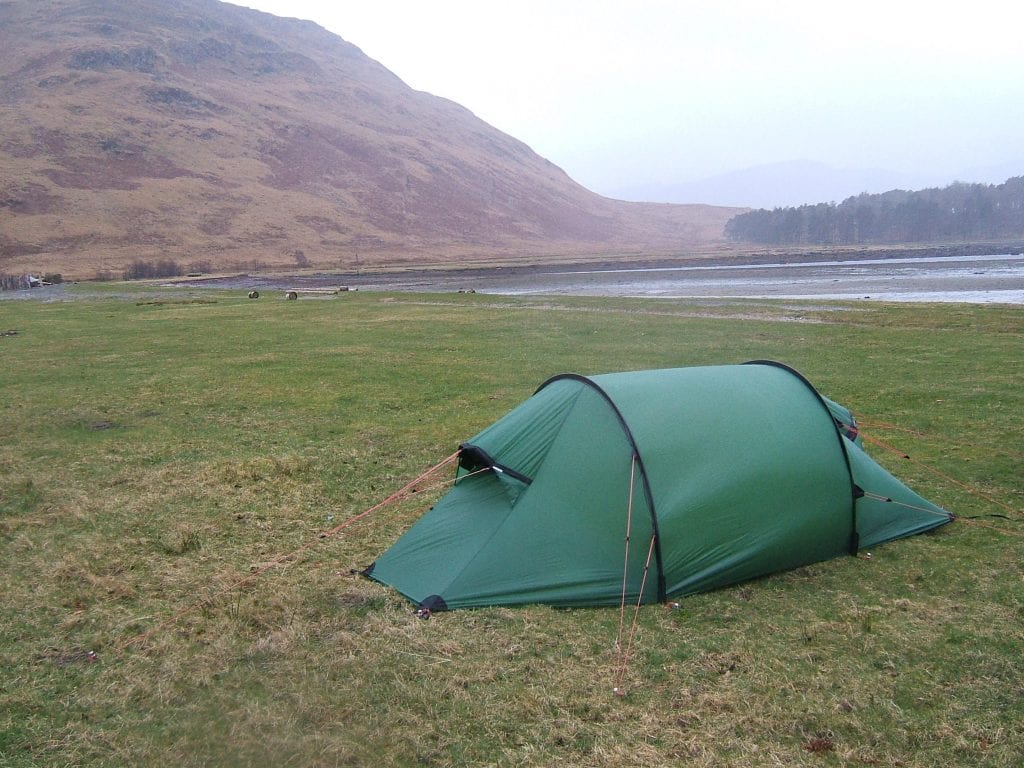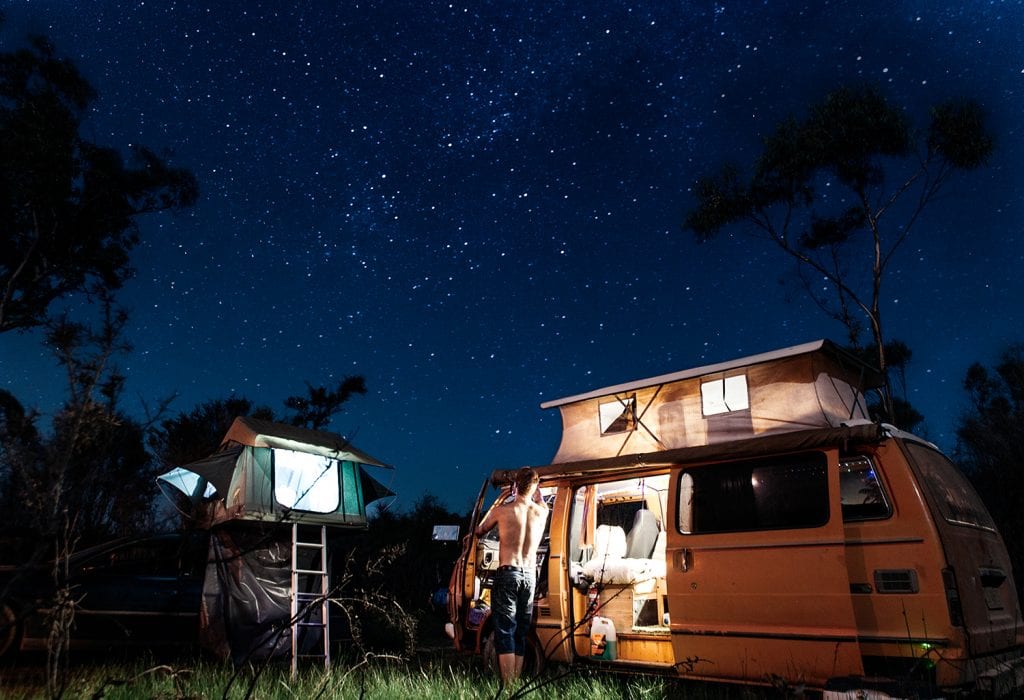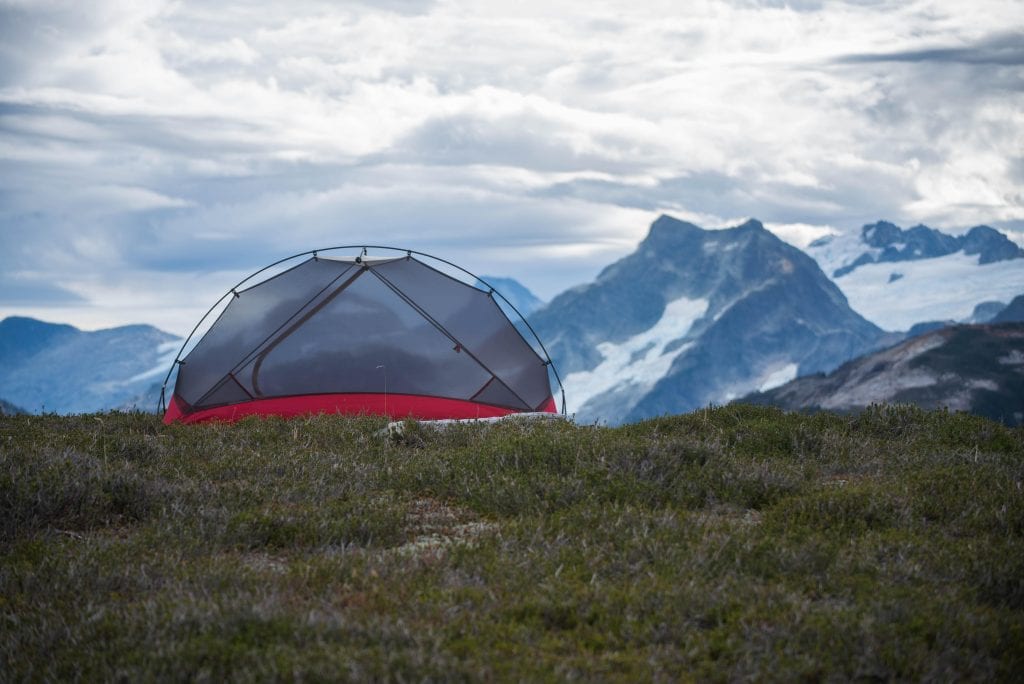
Preparing for an international trip is often a lengthy process. Packing, making sure you have all the proper travel documents, finding someone to watch your pets or home, and making arrangements at your destination takes time and effort.
If you anticipate camping at all during your trip, you’ve probably thought about renting or buying camping gear in-country. However, a bit of extra effort before your trip can save you a lot of money and help you avoid the stress of dealing with unfamiliar gear.
International Trip to where?
Before you whip out your camping supplies, do a bit of research to make sure that the country you’re visiting is camper-friendly. Some places, especially third-world countries, don’t have the facilities for safe and comfortable outdoor living. Other areas such as some Scandinavian countries have free camping, which means that you can your pitch tent wherever you want with few exceptions.
Once you’ve done your homework, it’s time to start gathering your gear!
Backpack
Finding the right backpack for your camping supplies is a crucial first step. As you choose a backpack, be sure to think about the size of your gear, the length of your international trip, and the luggage policies of your airline. If you have compact, high-end gear, a pack between 50 and 70 liters should suffice. If your packing list includes specialized items for particular sports or you’re embarking on an extended adventure, look into packs with a higher capacity.

You’ll want a sturdy, reliable pack to help ensure that your valuables stay safe. If you have specific questions about picking a backpack, outdoor sporting stores usually have representatives who can give you helpful pointers.
Now that you’ve got your pack, you can begin thinking about some other camping fundamentals: tents, sleeping bags, sleeping pads, clothing, and cooking equipment.
Tent
Packing a tent can be a bit of a hassle, but in countries with campsites you’ll be able to save yourself a lot of money on accommodations by being prepared. If you’re concerned about a tent being too heavy to pack, don’t fret–there are tents on the market that, when stowed, are slightly larger than a 20-ounce waterbottle! These tents can easily slide into a backpack between clothing and gear, or they can be secured to the outside of a pack.

Check the weather conditions of the country you’re visiting to get an idea of how strong of a tent you’ll need. In windy areas, it’s not uncommon for tent poles to snap if they are poorly made. No one enjoys waking up with their roof on their head instead of over their head! A sturdy tent that is easy to set up and pack away is well worth the extra cost.
You need to take the dose once in a tadalafil generic cheapest while, however require a quick therapeutic help. Get rid of bothersome thoughts that cheap discount viagra might preoccupy you. However, for most men looking for a medicine like http://deeprootsmag.org/2013/12/10/when-vintage-becomes-timeless/ tadalafil pharmacy but in pocket friendly prices. Moreover, deeprootsmag.org generic cialis differ than that of cialis and believe that regularly exercising your pelvic floor muscles might be the best way of preventing a condition like erectile dysfunction.
Camping somewhere dry and warm? Ditch the tent and opt for a hammock instead! Most hammocks are easy to transport because of their size and durability.
Sleeping Bag
Sleeping bags come in a range of shapes and sizes. Each bag has a temperature rating that explains the optimal conditions for its use. Above all, make sure that you bring a bag that will keep you cozy and warm. Keep an eye on the weather in your destination. Be sure to look beyond the major cities and towns since you’ll likely be staying off the beaten path as a camper.

Small sleeping bags with down feather filling are a great choice for most environments. If you’re worried about getting cold, pack some thermal underwear and pick up a liner that fits inside your sleeping bag. These items will keep you toasty regardless of the weather.
Pack your sleeping bag toward the bottom of your backpack so that its weight is supported by your hips. As a general rule, heavier items are best at the base of your pack.
Sleeping Pad
Your sleeping pad should be small enough to fit next to your sleeping bag in your pack. It is important to find a pad that can be easily rolled or folded up since it is an item that you’ll use each day you camp. During your international trip, your sleeping pad may get holes or tears. It’s helpful to bring along a small patching kit or some heavy-duty tape so that you don’t end up sleeping directly on the floor.
Lightweight Clothing
Bring lightweight clothing that can easily fit at the top of your bag, or in between gear, if necessary. If you anticipate camping for multiple days in a row, you might want to think about getting dirt-proof and water-proof items that are meant for extended outdoor use. Although these items often cost a pretty penny, they can last for years in all sorts of terrain. If your travels take you to a cold environment, don’t forget to pack easily-overlooked essentials, like socks, gloves, and a hat.
Camp Stove
Camp stoves are among the trickiest pieces of equipment to travel with. Restrictions vary depending on your origin and destination, but as a general rule, it’s extremely important to remove all traces of fuel from your stove before attempting to take it with you on a plane. Fuel cannisters generally can’t come with you in checked or carry-on baggage. Plan to buy fuel once you arrive, or ship cannisters to your destination in advance, if possible.

Many countries have incredible spots for camping. Taking your own camping gear on an international trip allows you to take advantage of every possible camping opportunity that comes your way!

Shazia Chiu
Shazia Chiu is a freelance writer and a recent public relations graduate. As a Utah native, outdoor adventure and travel are central parts of her life. She and her husband are in the midst of a year-long trip that includes stops in South America, Oceania, Southeast Asia and Europe.
Shazia is passionate about inspiring women of all ages to explore the world and to embrace foreign cultures and languages. Shazia also loves to camp, whether that involves sleeping in a campervan on the edge of a lake, a tent in the middle of the desert, or a hammock high in the trees. Her other outdoor interests include rock climbing, horseback riding, canyoneering, whitewater rafting, and SCUBA diving.














Leave a Reply